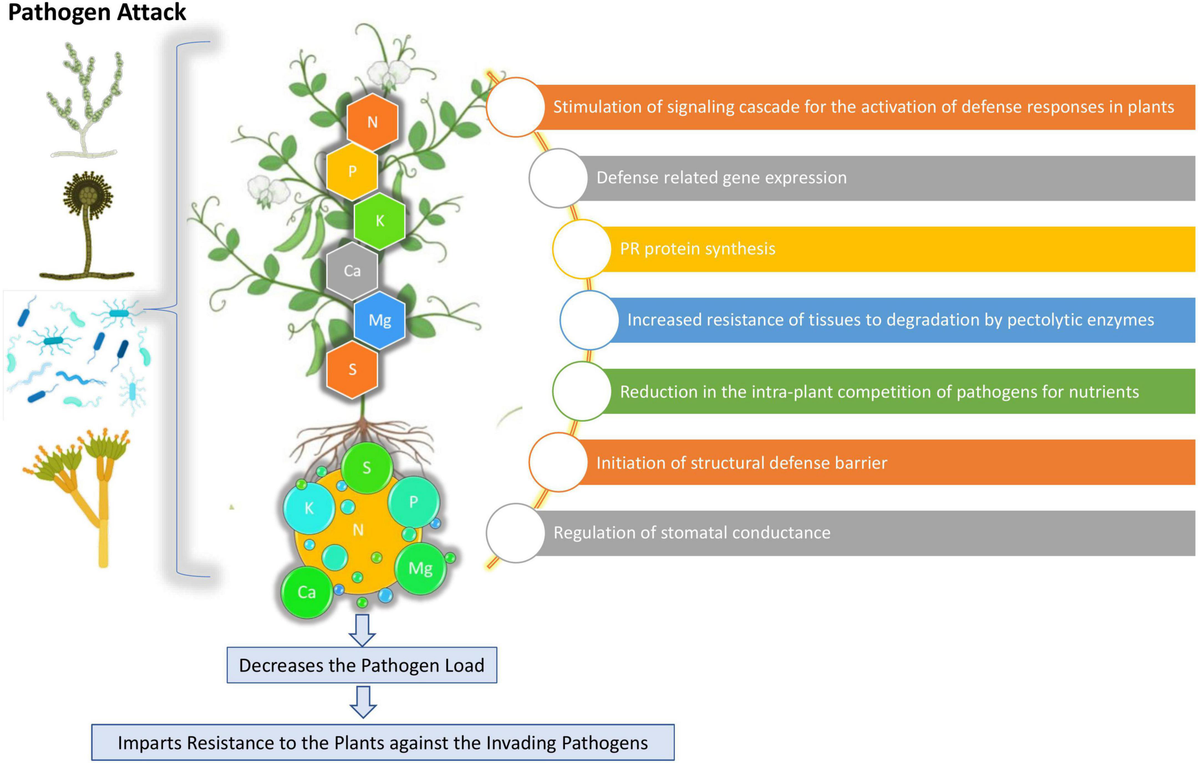Angus 1895
5 year old buck +
Here’s the deal.
Get you some miracle grow. ( I like mir acid)
Go outside…….apply some where you can monitor it.
The stuff makes plants grow……..
Get you some miracle grow. ( I like mir acid)
Go outside…….apply some where you can monitor it.
The stuff makes plants grow……..




